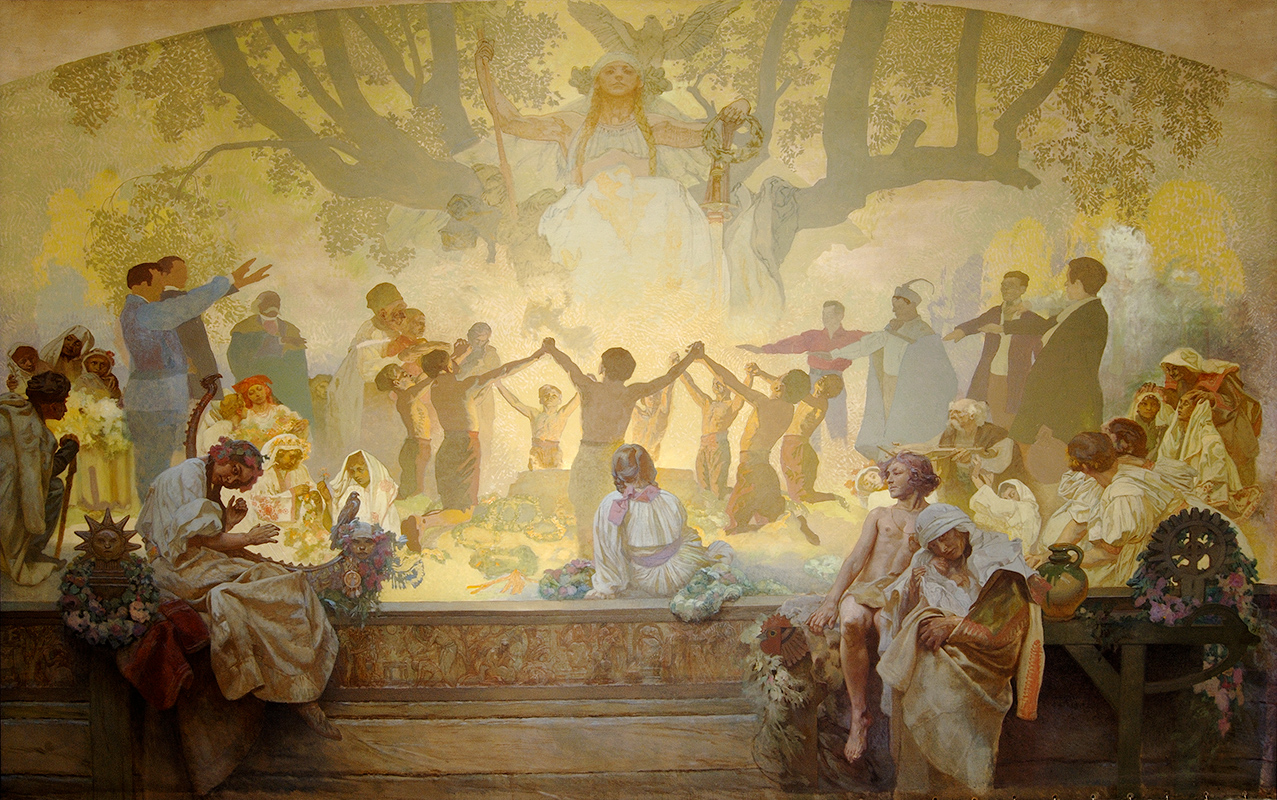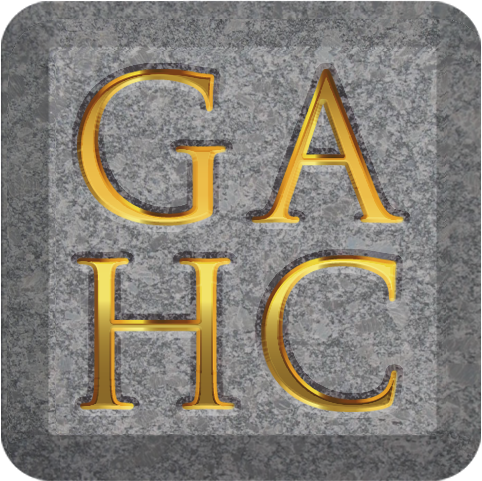Winter Exhibition
Alphonse Mucha:
Master of Art Nouveau
On View January 16 - April 14, 2024

Free with Museum Admission
Amidst the cobblestone streets and gas-lit boulevards of turn-of-the-century Paris, a renaissance of creativity produced the Art Nouveau movement. Characterized by sinuous lines, organic forms, and intricate designs, this movement in design and art found its virtuoso interpreter in Alphonse Mucha, whose work is featured in the exhibition Alphonse Mucha: Master of Art Nouveau. The exhibition is not only a tribute to Mucha’s genius, but also the milieu that nurtured his blossoming as an artist.
At the close of the 19th century Paris was undergoing a major transformation. As the Belle Époque waned, a palpable sense of anticipation hung in the air, heralding a new era of thought and expression. The artistic landscape was ripe for innovation, and it was within this fertile environment that Art Nouveau flourished, reflecting the zeitgeist of a society seeking to break free from convention. Mucha, a young artist of modest means, but full of ambition, found himself in the midst of the City’s transformation. Born in Moravia, Mucha arrived in the French capital seeking to make his mark. His breakthrough came serendipitously when he was commissioned to create a poster for the legendary actress Sarah Bernhardt. The resulting masterpiece, an ethereal woman entwined in tendrils of hair and floral motifs, which seemed to many to be a perfect expression of the Art Nouveau aesthetic, catapulted Mucha to fame.
Mucha’s artistic journey echoed the tumultuous narrative of his time. The turn of the century was marked by an accelerating pace of change, both socially and technologically. The Eiffel Tower stood as a testament to Paris’s progressive spirit, while the Universelle Exposition of 1900 showcased the City’s desire to be at the vanguard status on the world stage. Amid this whirlwind of technological innovation, Art Nouveau struck a calming chord, projecting instead a world of refined aesthetics, where every line was deliberate, every form meaningful, and all of it communicating a sense of harmony with the natural world.
The allure of Mucha’s work lay in its harmonious blend of the mystical and the modern. In a city undergoing rapid industrialization, his posters evoked a sense of nostalgia for a simpler, more organic existence. Nature, mythology, and the female form merged seamlessly in his compositions, mirroring the era’s fascination with spiritualism and the arcane. Mucha’s art and the Art Nouveau movement were as much a reaction to the rigidity of academic art as they were a reflection of a societal longing for a harmonious coexistence with the natural world.
Image caption: Alphonse Mucha, The Slav Epic cycle No.18: Oath of the "Youth" under the Slav Linden Tree. The Slav Revival (19th century). (1926, unfinished). Image courtesy of Landau Traveling Exhibitions, Los Angeles, CA.
Sponsored by:
Reviews:
Florida Weekly, "Art Nouveau Sensation"
Palm Beach Daily News, "Art Nouveau master's works on display at Flagler Museum in Palm Beach"
Palm Beach ArtsPaper, "At the Flagler: Alphonse Mucha, mystical and modern master"








